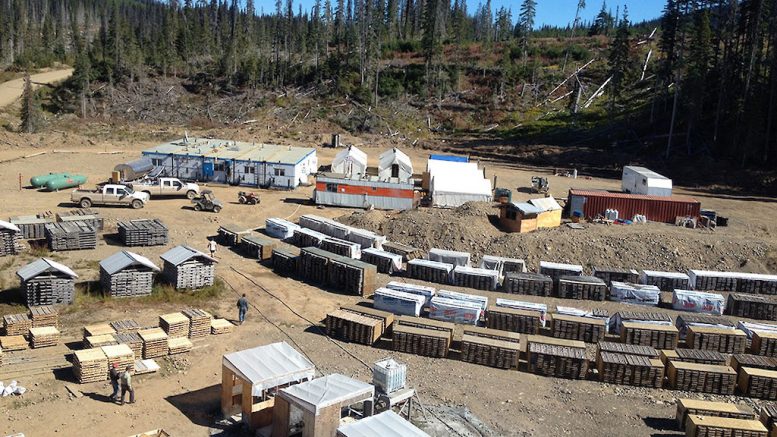Surge updates resource for Berg deposit in BC

According to Shane Ebert, Surge’s president and VP of exploration, the latest pit-constrained resource is an attractive mining target that remains open.
“The deposit’s size, grade profile, and near-surface geometry make it a highly attractive open pit target in the district, and there is significant potential to both increase the size of the deposit and define the near-surface higher-grade zones,” Ebert said in a release.
Berg includes a supergene enrichment zone on top of hypogene sulphides. Metallurgical testwork completed between 2007 and 2012 indicates that conventional flotation can produce marketable copper and molybdenum concentrates from this mineralization. Previous operators drilled 53,754 metres at the property in 215 drillholes between 1964 and 2011.
“This updated resource represents a moment in time snapshot of the Berg deposit based on the significant investment and high-quality work performed by prior operators, updated for today’s commodity pricing and cost benchmarking environments,” added CEO Leif Nilsson.
“For Surge, it serves as a baseline prior to our maiden work program under our operatorship, and will guide our investment programs to deliver value in key focus areas. More generally, this resource estimate underscores the strategic significance of our acquisition and the district scale potential we see in our assets.”
Berg is contiguous with Surge’s flagship Ootsa project that includes three porphyry copper deposits with total measured and indicated resources of 224 million tonnes grading 0.44% copper-equivalent.
In its initial work program at Berg, Surge plans to define and expand near-surface zones of high-grade mineralization and to define the limits of the mineralization. A drill program is scheduled to start mid-summer, that would follow an airborne survey over the Ootsa-Berg project area.
To earn a 70% stake in Berg from Centerra Gold (TSX: CG), the explorer needs to spend C$8 million on the property over five years.
(This article first appeared in the Canadian Mining Journal)




